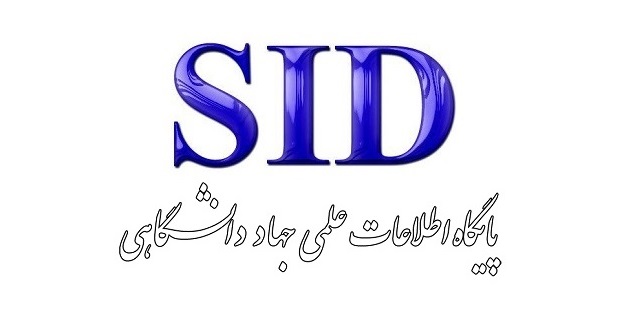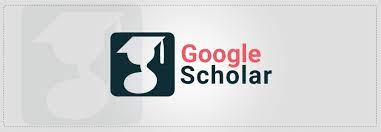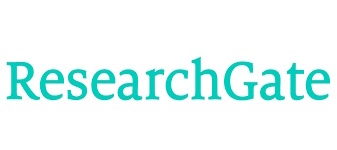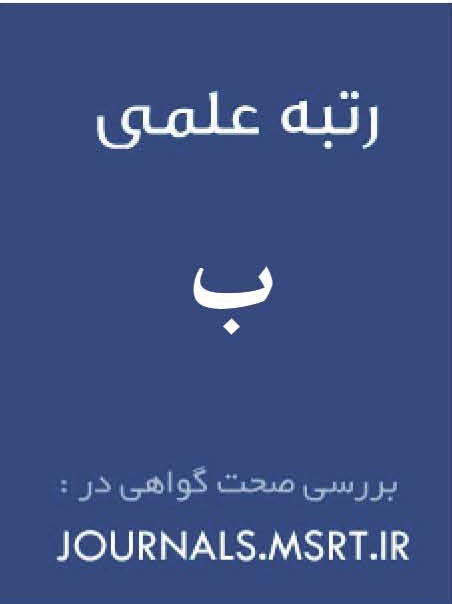طراحی و اعتبارسنجی مدل سنجش ریسک درماندگی مالی
کلمات کلیدی:
درماندگی مالی, ریسک اعتباری بانک, ریسک نقدینگی بانکچکیده
هدف این پژوهش طراحی و اعتبارسنجی مدل سنجش ریسک درماندگی مالی، بود. روش پژوهش بکارگرفته شده براساس الگوی اقتصادسنجی مبتنی بر گارچ در نرمافزار ایویوز#10 است. جامعه آماری پژوهش، بانکهای بورسی در دوره زمانی 1391 تا 1402 بود و نمونه آماری در برگیرنده اطلاعات مربوط به مدل سنجش ریسک درماندگی مالی، است.از نتایج اصلی پژوهش حاضر میتوان به این موارد اشاره نمود که براساس ضرایب رگرسیونی معیارها، ریسک اعتباری بانک و ریسک نقدینگی بانک، با ضریب 99درصدی و 95درصدی، باعث کاهش ریسک درماندگی مالی در بانکهای بورسی شده است. از سویی دیگر، تغییرات سود خالص به کل دارایی بانک و خالص سرمایه درگردش به کل دارایی بانک، دارای تأثیرات کاملا معناداری بر کاهش ریسک درماندگی مالی در بانکهای بورسی، است زیرا ضریب آنها 99درصد و 94درصد محاسبه شده است. از طرفی دیگر، ریسک بازار بانک، ارزش بازار به ارزش دفتری بانک و کل بدهی به کل دارایی بانک با ضریب 91درصدی دارای اثرات معنادار و مشابهی بر کاهش ریسک درماندگی مالی در بانکهای بورسی هستند، درحالی که، معیارهای ریسک عملیاتی بانک، ریسک نرخ بهره بانکی، سود خالص بانک به حقوق صاحبان سهام و اندازه کل داراییهای بانک با ضریب تقریبی 80درصدی در رتبههای بعدی قرار دارند. از سویی دیگر، با توجه به نمودار قدرت – وابستگی، ریسک نقدینگی بانک دارای بیشترین قدرت نفوذ، یعنی 100درصد و کمترین میزان وابستگی، یعنی 17درصد محاسبه شده که در ناحیه مستقل (وابستگی کم و نفوذ زیاد) قرار دارد. در حقیقت، ریسک اعتباری بانک و ریسک عملیاتی بانک دارای با قدرت نفوذ بالا، یعنی 83درصد و 67درصد و میزان وابستگی متوسط، یعنی 50درصد اندازهگیری شده که در ناحیه پیوندی (نفوذ زیاد و وابستگی متوسط) جای گرفته اند. در حالی که، خالص سرمایه درگردش به کل دارایی بانک، سود خالص به کل دارایی بانک و ریسک بازار بانک با بالاترین میزان وابستگی، یعنی 100درصد و کمترین قدرت نفوذ یعنی 50درصد، قرار گرفتند.
دانلودها
مراجع
Amini, N. (2022). Investigating the Relationship between Risk Management and Capital Adequacy with Financial Distress in Listed Banks in the Iranian Capital Market. Management and Accounting Studies Quarterly, 8(2).
Aney, M. S., & Banerji, S. (2022). Political connections, informational asymmetry, and the efficient resolution of financial distress. Economic Modelling.
Barzegar, B., Fallah Shams, M., Khalili Araqi, M., & Nikmoram, H. (2023). The Impact of Macroeconomic Elements on the Financial Distress of Selected Banks Listed on Tehran Stock Exchange Using KMV Method. Planning and Budgeting Quarterly, 28(3). https://doi.org/10.61186/jpbud.28.3.105
Bevilacqua, M. (2023). Options-based systemic risk, financial distress, and macroeconomic downturns. Journal of Financial Markets.
Böhnke, V. (2023). Back to the roots of internal credit risk models: Does risk explain why banks' risk-weighted asset levels converge over time? Journal of Banking & Finance.
Borer, D. (2023). Identifying systemic risk of assets during international financial crises using Value at Risk elasticities. International Review of Financial Analysis.
Ebrahimi Shaghaghi, M., & Eslami Mofidabadi, H. (2021). The Impact of Financial Distress Risk on the Prediction of Macroeconomic Indicators: Evidence from Iran's Economy. Capital Market Analysis Quarterly, 1(1).
Foglia, M., & Angelini, E. (2020). The diabolical sovereigns/banks risk loop: A VAR quantile design. The Journal of Economic Asymmetries.
Foroutan, R., Ramzanian, R., & Mirzaei, M. (2022). Estimating Value-at-Risk Based on Filtered Historical Simulation and Risk Spillover Analysis in Tehran Stock Exchange: A Case Study of Chemical Products and Banking Sectors. Asset Management and Financing, 10(2).
Ghahari, S. M. (2022). Forecasting Bankruptcy and Stock Price Changes with a Focus on Systemic Risk. Noavaran Danesh Publishing.
Haddou, S. (2022). International financial stress spillovers to bank lending: Do internal characteristics matter? International Review of Financial Analysis.
Hamidian, M., & Askari, A. (2024). The Relationship between Profit Forecast Accuracy and Bank Financial Distress with Emphasis on External Banking Governance Mechanisms. Studies in Economics, Financial Management and Accounting Quarterly, 10(1).
Jafari, M. (2024). Risk and Financial Crisis Management in Banks (Under Sanctions and Pandemic Conditions). Bu-Ali Educational and Research Publisher.
Kahkhaei Akbari, R., Khouzin, A., Gorganli Douji, J. D., & Bokharaeian, M. (2023). A Preventive Model of Financial Distress Risk in the Banking Industry. Islamic Economics and Banking Journal, 12(43).
Lian, Y. (2024). Financial distress, bank branching deregulation, and customer-supplier relationships. Journal of Corporate Finance.
Neill, A. (2024). Banking on resilience: EU macroprudential policy and systemic risk. International Review of Economics & Finance.
Sadaa, A. M. (2023). Corporate governance as antecedents and financial distress as a consequence of credit risk. Evidence from Iraqi banks. Journal of Open Innovation: Technology, Market, and Complexity.
Shoja’i Asl, I. (2023). Study of Liquidity Shock in Credit Risk of Cooperative Development Bank.
Sobhi, E., Mohammadi, T., & Shakeri, A. (2023). Investigating the Impact of Oil Prices on the Probability of Different Financial Distress Regimes: A Markov Regime Switching Approach. Iranian Economic Issues Review (Biannual), 10(1).
Soleimani, O., & Safari, M. (2023). The Relationship between Knowledge Management and Financial Risk-Taking with Bank Financial Distress. Accounting and Management Perspectives Quarterly, 6(85).
Soori, A. (2021). Advanced Econometrics with EViews 8 and Stata 12 Applications (Vol. 2). Noor Elm Publications.
Stolbov, M. (2022). When central bank research meets Google search: A sentiment index of global financial stress. Journal of International Financial Markets, Institutions and Money.
Sydow, M. (2024). Shock amplification in an interconnected financial system of banks and investment funds based on Financial Stress. Journal of Financial Stability.
Tohidi, S., Mazini, A. H., & Heydari, H. (2023). Financial Distress Risk Cycles and Their Implications for Economic Growth in Iran. Modern Economy and Trade Quarterly, 18(1).
Zakernia, E., & Zeynoddini, M. (2022). Strategies for Managing Credit Risk in Iran's Banking System. DAFOS Publishing.
Zhao, J. (2024). Survey, classification and critical analysis of the literature on corporate bankruptcy and financial distress prediction. Machine Learning with Applications.
دانلود
چاپ شده
ارسال
بازنگری
پذیرش
شماره
نوع مقاله
مجوز
حق نشر 2025 هادی اسمعیلی (نویسنده); حسین جباری (نویسنده مسئول); داود کیانوش, حسن قدرتی (نویسنده)

این پروژه تحت مجوز بین المللی Creative Commons Attribution-NonCommercial 4.0 می باشد.









